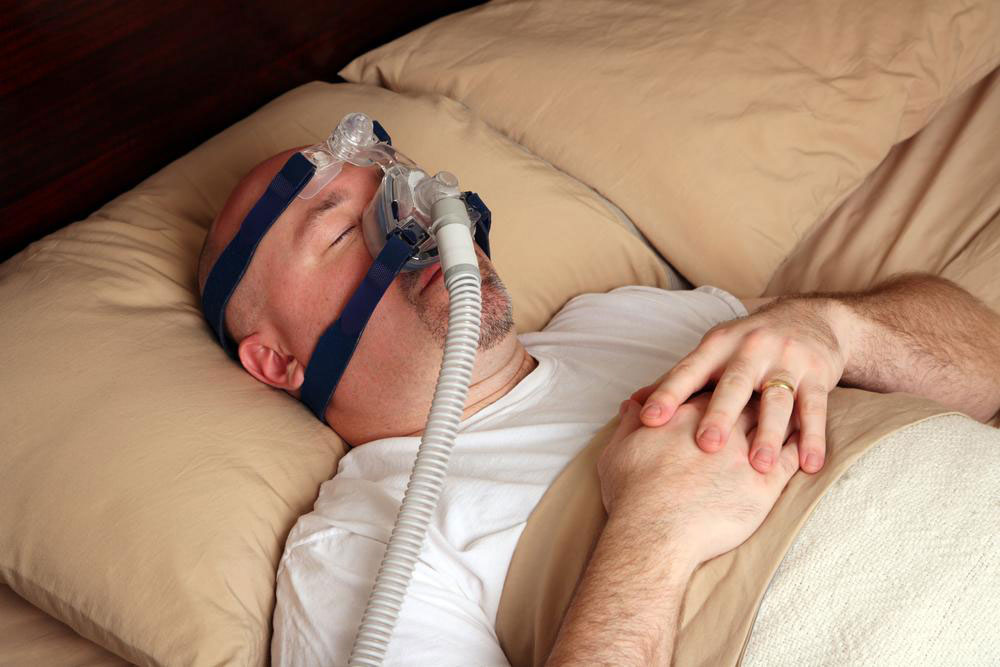
Understanding the three major types of sleep apnea
What people crave toward the end of a tiring day is a good night’s sleep. People often equate snoring loudly to sleeping blissfully and are often unaware of the serious connotations of the same. Snoring that is often loud, disruptive, and regular is a symptom of a sleep disorder known as sleep apnea, which affects about 20 million people in the country. Sleep apnea is a serious sleep disorder where the individual stops breathing periodically when asleep. Moreover, these cessations in breathing can occur anywhere from a few times to hundreds of time throughout the individual’s sleep.
Sleep apnea is often accompanied by a slew of other health ailments as the cessations in breathing implies that the person is partially awake, and this forces the brain to come out of the deeper stages of sleep to make the body start breathing again. As this occurs several times throughout the sleep, it disrupts the person’s sleep and as the quality of sleep deteriorates, various other medical complications arise.
There are three types of sleep apnea, each of which affects the individual in different ways. Obstructive sleep apnea (OSA), central sleep apnea (CSA), and mixed sleep apnea are the three major types of sleep apnea and learning more about them will help people identify the condition and seek treatment accordingly.
Obstructive sleep apnea (OSA)
Obstructive sleep apnea (OSA) is the most common type of sleep apnea that is known to affect approximately 4 percent of the male population and 2 percent of the female population. Though OSA is quite common, it is believed that only 10 percent of the total population that suffers from this form of sleep apnea seek treatment. OSA occurs due to the partial or complete blockage of the airways during sleep. While sleeping, the person’s throat muscles relax, and it allows the tongue and fatty tissues of the throat to fall back into the airways, thus blocking it. This obstruction reduces the blood flow to the brain and causes the brain to awaken partially. The symptoms of OSA include snoring that is loud and often disruptive, frequent breaks in breathing, excessive daytime sleepiness, morning headaches, restless sleep, and depression or irritability.
Central sleep apnea (CSA)
OSA is more of a mechanical problem, whereas central sleep apnea (CSA) can be considered to be more of a communication problem. CSA occurs when the brain temporarily fails to send signals to the muscles responsible for controlling one’s breathing. CSA is less common than OSA and often stems from medical problems and conditions that affect the brainstem. The symptoms of this type of sleep apnea include excessive daytime drowsiness, chronic fatigue, shortness of breath leading to waking up, stopped breathing or irregular breathing during sleep, morning headaches, poor or restless sleep, difficulty concentrating, mood changes, and snoring. However, the snoring isn’t as prominent as it is in people with OSA.
Mixed sleep apnea
As the name suggests, this form of sleep apnea displays characteristics of both, OSA and CSA. Usually, OSA is treated with the help of continuous positive airway pressure (CPAP) machines, but people with mixed sleep apnea or complex sleep apnea continue to experience breathing problems even after the airway obstruction is addressed as well as treated. This implies that mixed sleep apnea has different issues other than the collapsing throat muscles which usually cause sleep apnea. In fact, while treating the symptoms of OSA, the symptoms would shift to those of CSA, making it difficult to treat the condition.


